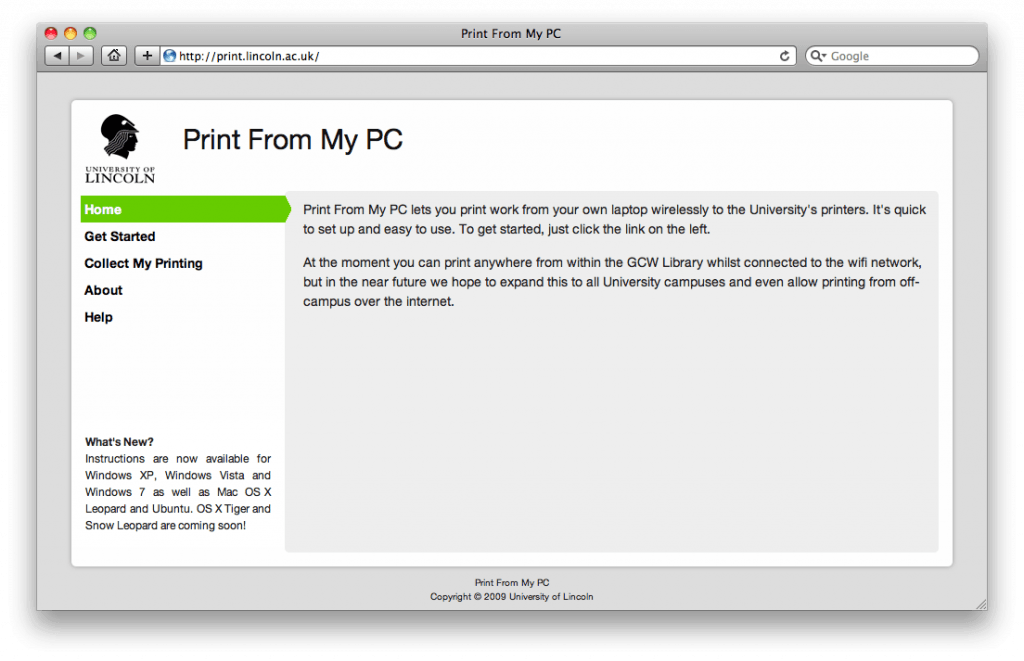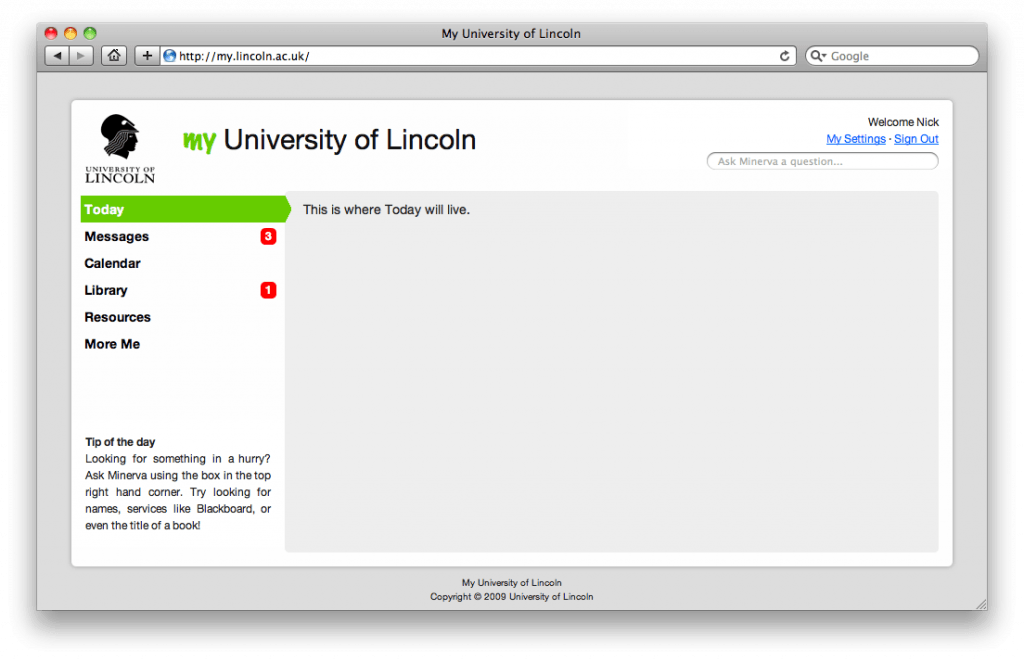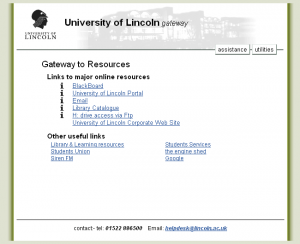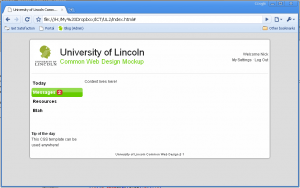Part of my remit as one of the Online Service Team’s tame students is to take time now and then to step back, look at things, and work out how they could be made all-around better. An example of this has been the slow but steady march towards a common, uniform, standards-compliant styling for every web service.
All my rambling aside, I spotted a brilliant post from the BBC Internet Blog on searching the BBC. In short, their new Search+ trawls the entire BBC looking for what you’re after, and then decides what’s most relevant within context. Data representation and organisation is a big area of interest for me (the Cybernetics part of my degree has a huge focus on knowledge representation), and searching is an area in which the University, to put it bluntly, sucks.
Bits and pieces work on their own, for example the Library Catalogue searches the library fairly well, and the Phone Search tends to find who you’re looking for. Blogs has a search, although it does skim over a few things. There’s also Portal, which has a search function which alternates between sometimes giving you something relevant and sometimes picking random, outdated and irrelevant content from 5 years ago.
What’s needed is something a bit like the Awesome Bar in Firefox, simultaneously looking at a myriad of sources to find something relevant and presenting it to the user. In short, a single box in which you could type “Portal” and find the Portal, or “Nick Jackson” and find my directory entry, or “Somerville” and find his book on software engineering, or “help” and be taken to our support pages. Something which simultaneously scrubs across any data source we care to let it at, returning data as fast as possible.
Thoughts? Opinions? Do you want a single ‘search the University’ box with options to narrow your search, or would you prefer to have to start by specifying what you’re after?



